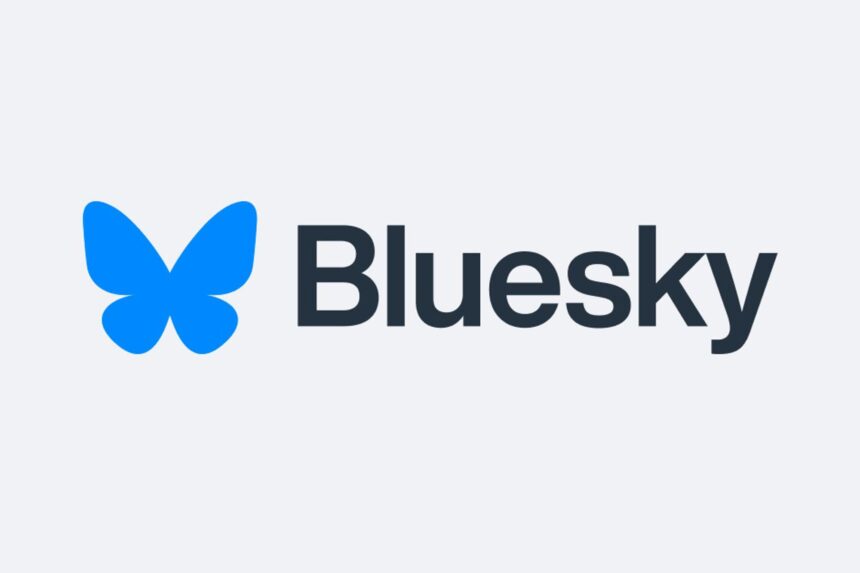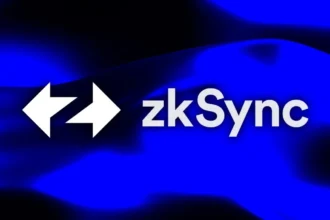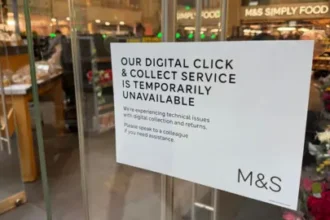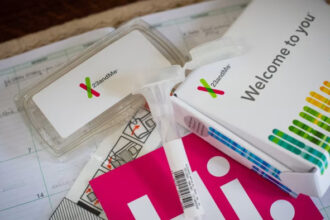Bluesky, the decentralized microblogging platform, is steadily gaining attention as a promising alternative to Twitter.
With its foundation rooted in the AT Protocol, it represents a shift from centralized control to a user-driven, customizable social experience.
As of November 2024, the platform boasts an impressive 18.5 million registered users, a sharp increase from 10.4 million earlier in the year—a clear sign that it’s striking a chord with users seeking something fresh.
But what makes Bluesky different from the slew of social media platforms out there? Why is it gaining traction, and what challenges does it face as it grows?
What is Bluesky?
Bluesky isn’t just another Twitter clone—it’s a decentralized social network that empowers users through unique features such as algorithmic choice, user-controlled moderation, and domain-based handle verification.
These features are designed to put users in control of their social media experience, avoiding the pitfalls of corporate oversight and algorithmic manipulation.
The platform uses the AT Protocol, a technology aimed at enabling interoperability across social platforms.
For users, this means that their Bluesky identity and content could potentially interact with other decentralized networks, making the ecosystem broader and more inclusive.
Bluesky also fosters community building with “starter packs”—curated bundles of accounts based on specific subcultures or topics.
This feature simplifies onboarding, helping users quickly find and connect with like-minded individuals.
Bluesky started in 2019 as a research initiative within Twitter, spearheaded by Jack Dorsey, to explore the future of decentralized social media.
After Elon Musk’s acquisition of Twitter, Bluesky spun off as an independent entity, accelerating its development and distinguishing itself as a robust platform for open social networking.
Initially invite-only, Bluesky opened to the public in early 2024, and the user base exploded from 3 million to its current count of over 18 million.
The platform’s growth reflects a hunger for alternatives to traditional social media, particularly those offering transparency, user empowerment, and freedom from centralized control.
Bluesky Signup Experience
Signing up for Bluesky is generally straightforward, but the platform isn’t without its own problem—especially for users outside the United States.
For example, some users report difficulties with CAPTCHA verifications, a common security measure to deter bots.
Interestingly, using a VPN set to the U.S. seems to resolve this issue, hinting at a region-specific challenge that Bluesky’s team will hopefully address soon since it was initially invite-only particularly if you are in US.
Once onboard, users are welcomed into a sleek, familiar interface where they can “skeet” (Bluesky’s term for posting), follow topics, and explore a marketplace of algorithms to tailor their experience.
Unlike the rigid algorithms of traditional platforms, Bluesky’s customizable feeds give users control over what they see.
Bluesky’s rapid growth and user-centric philosophy are its biggest strengths, but challenges lie ahead.
Expanding its accessibility beyond U.S. borders and refining its technical infrastructure will be critical to sustaining its growth.
Also, with its decentralized nature comes the task of balancing user autonomy with maintaining a safe environment.
Bluesky’s approach—allowing users to choose or create moderation services—represents an innovative but untested solution to this challenge.
Why You Should Give Bluesky a Try
If you’re tired of algorithmically curated feeds and want a social media platform that feels more democratic, Bluesky is worth exploring.
Its focus on decentralization and user control could very well set the tone for the next generation of social networking.
But fair warning: if you’re signing up from outside the U.S. and run into CAPTCHA issues, keep that VPN trick in mind.
Bluesky is still evolving, and while it’s not perfect, it’s already a fascinating glimpse into the future of social media.
Bluesky is here to prove that social media can be innovative, user-centric, and, above all, free from the constraints of corporate control.














